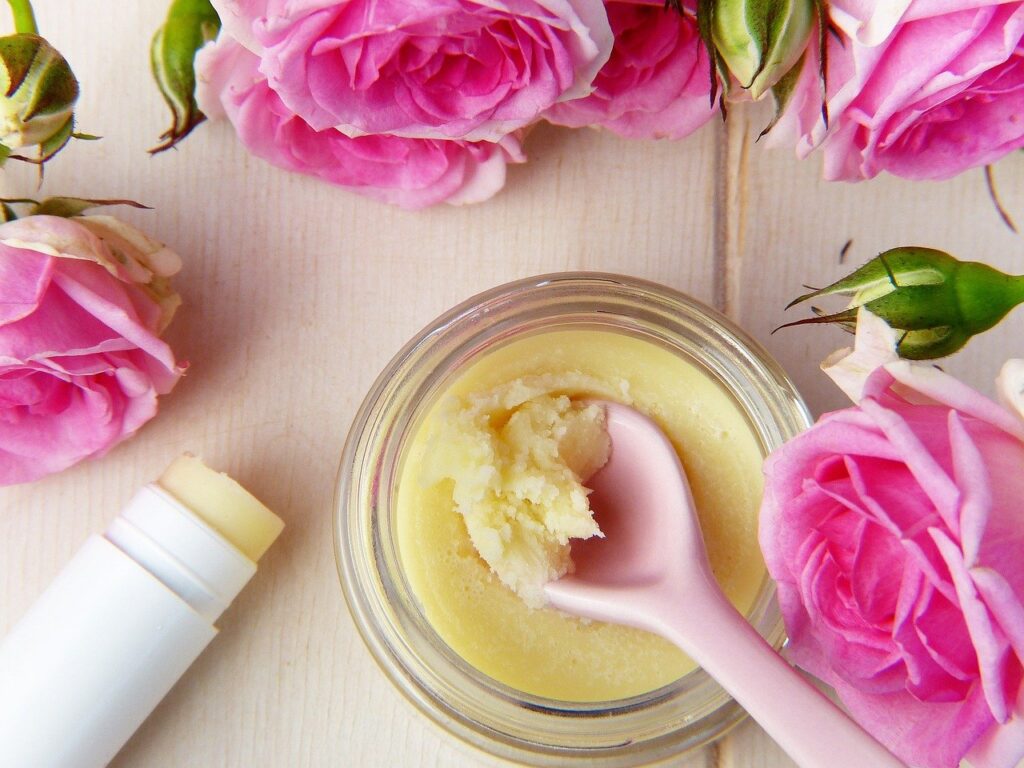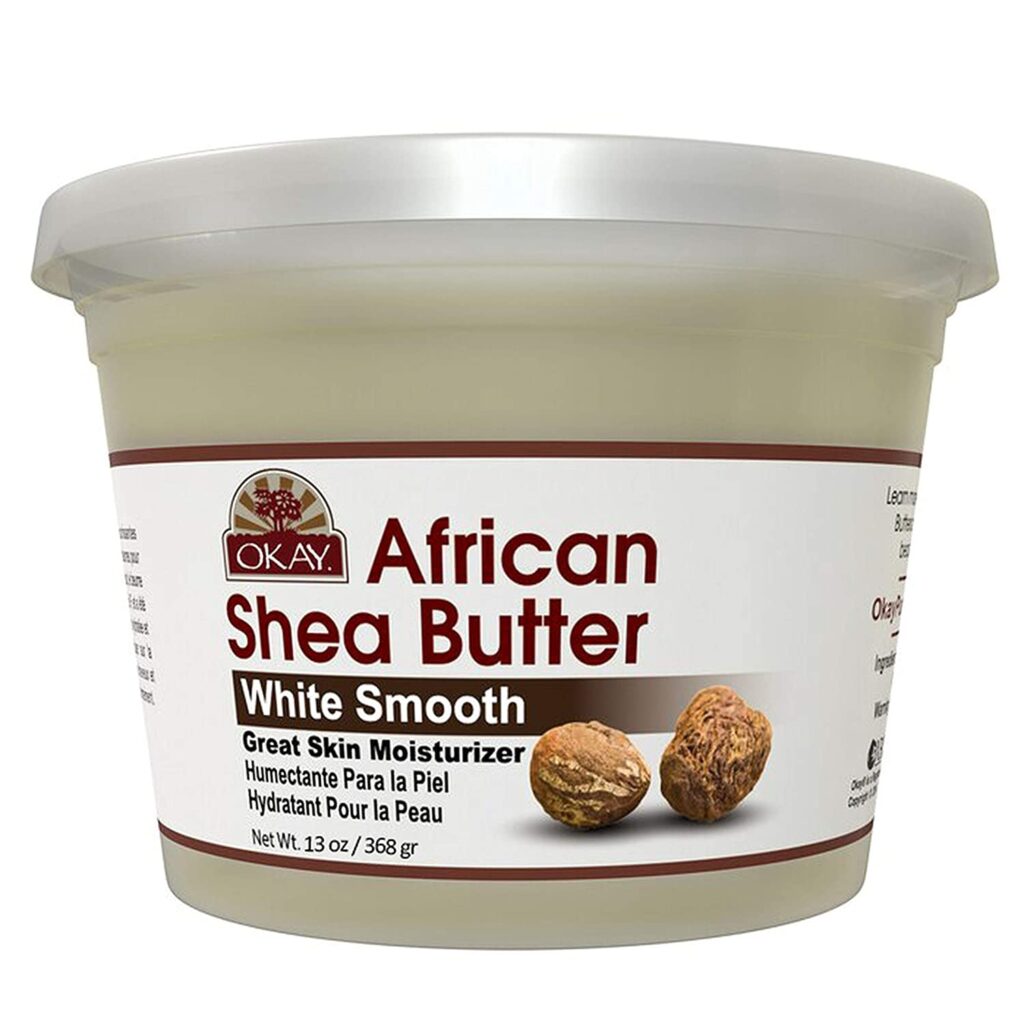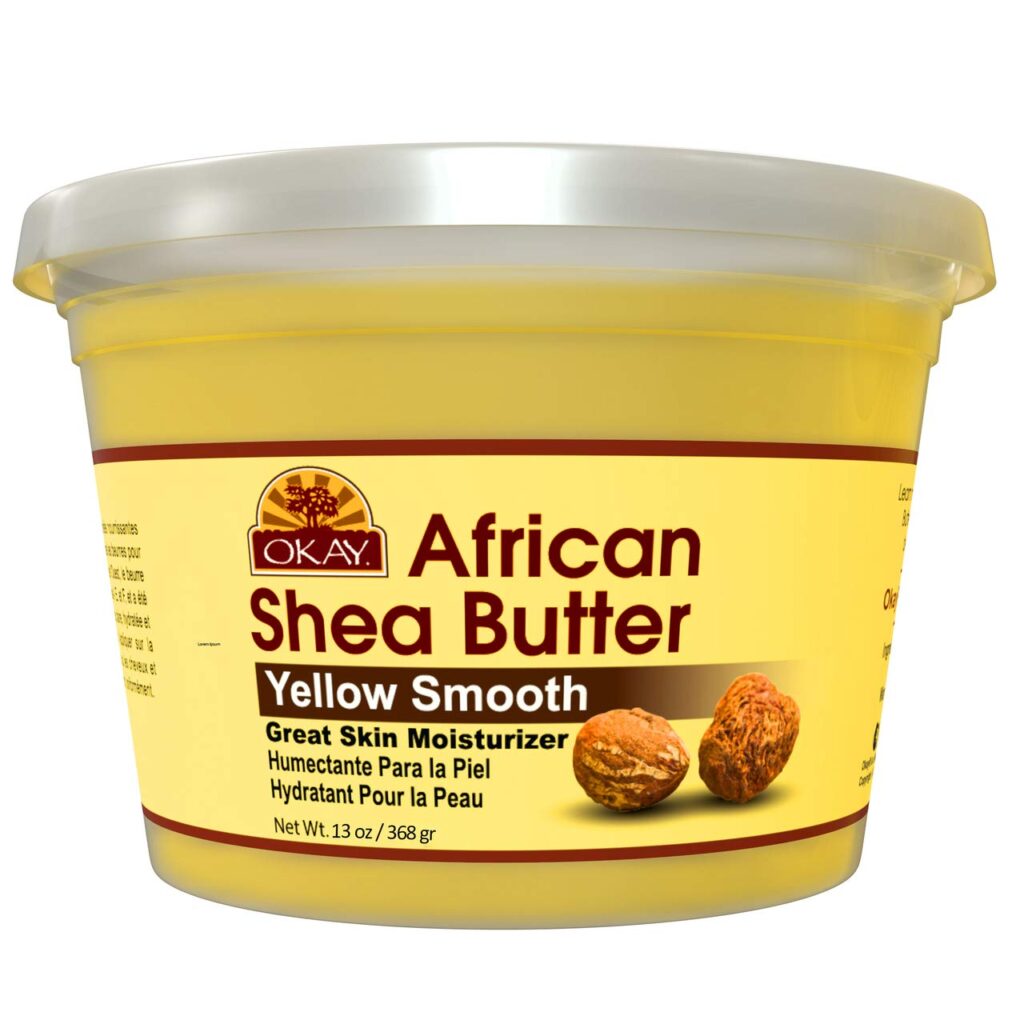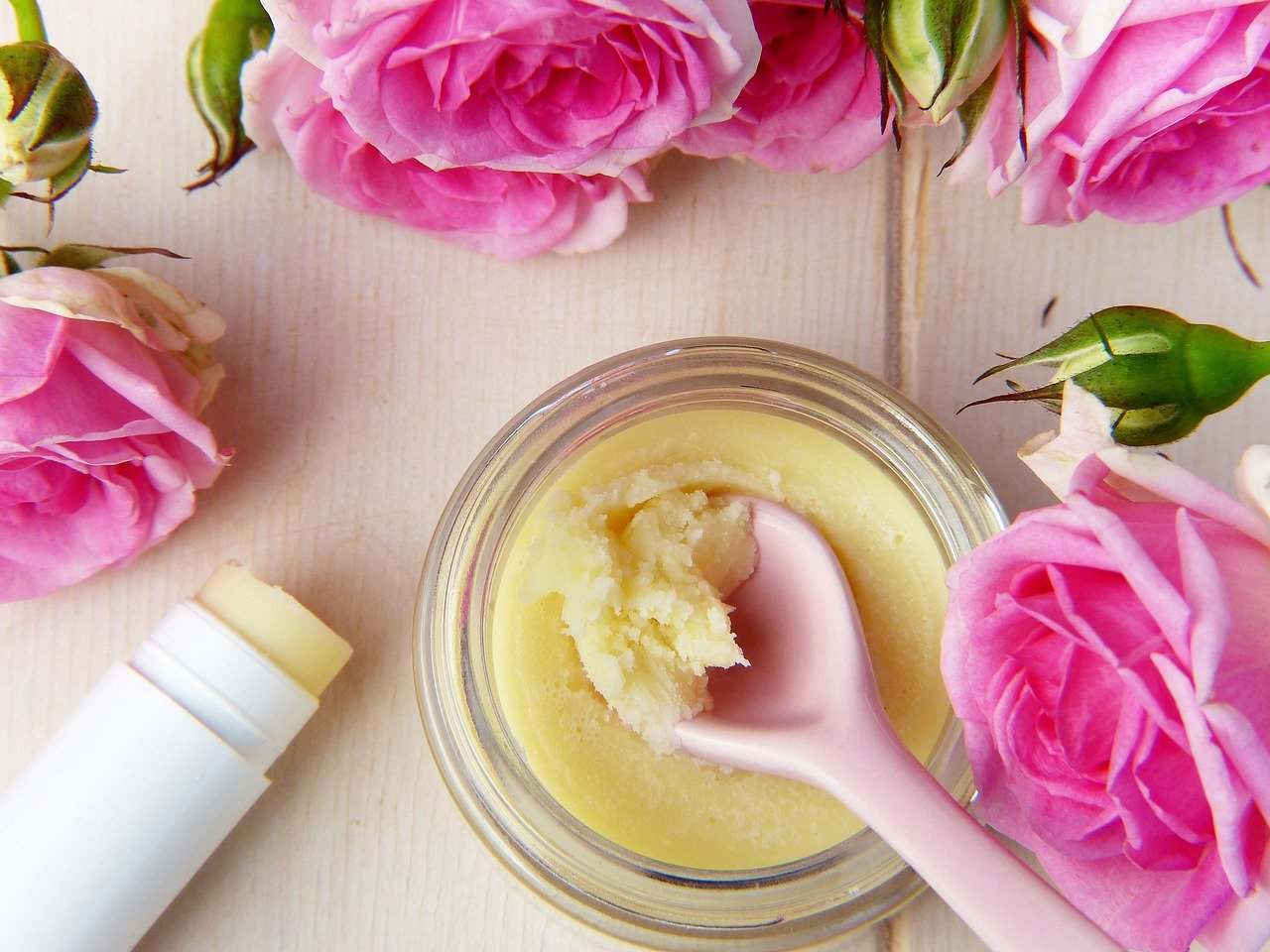As an Amazon Associate I earn from qualifying purchases.

The difference between Yellow and White Shea Butter has been a subject of many disputes. In this article, we will go through all pros and cons of both kinds of Shea butter and try to come to a definitive conclusion. Shea butter comes in the small nuts from the Shea tree (also known as the karite tree). The color of those nuts ranging from off-white to ivory or beige. The first step in processing the nuts is drying. Then the hard outer shell is removed to reveal the flesh inside, which is then being ground down and roasted. It is the roasting that gives Shea butter its distinguishing smoky smell. The next step is boiling the roasted Shea butter in water. Some of it will float and get scooped off. That butter is ready to use.
After the process is complete the butter may be either used as it is or be further refined. In the process of refining, it will be filtered in order to get rid of any impurities. During this step, the Shea butter can be further altered to change its scent, color, or composition.
Now let’s go through the differences between raw shea butter and refined shea butter, starting with the former.

Raw shea butter
In its original unfiltered form, the shea butter usually remains to be yellow or green in color, with flecks of impurities in it. Raw shea butter usually comes in a form of paste in a jar on the shelves of the store. It has not been melted down, molded, bleached, or deodorized, although some chemical solvents may still have been used during the extraction.
Now let’s check the Unrefined Shea Butter. Typically it is being filtered through a cheesecloth in order to remove the nut skins. The filtering is acceptable if it does not affect the main qualities of the raw shea butter. It is usually melted and then poured into molds, so on the shelves of the grocery stores it comes in the form of bars or sticks. Unrefined shea butter is categorized into six grades of quality (from A to F. A being the best).
Refined and Ultra-Refined shea butter
Refined Shea Butter is one that has gone through some processing in order to change its basic characteristics and odor. Usually, it means going through one or several filtering or meshing systems. It can be deodorized by airing, chemical additions, or some other type of processing. Bleaching with chemicals or going through filtering makes it whiter than the raw shea butter. The refining process destroys many of the nutrients, so it has less nutritional value than raw and unrefined shea butter. The processing makes it very white and smooth.
Ultra-Refined Shea Butter has its composition changed by going through at least two filtering systems during the refinement process. It is very white in color with a texture that can vary from firm to more liquid in consistency. Almost all of the healing nutrients are lost during the refinement process. Preservatives are always added as well as some chemicals such as hexane.

How to know which shea butter is better?
One of the main indicators of the shea butter quality is the color. It can vary from off-white or ivory, grey or greenish, to yellow. These variations depend on the season and region that it is extracted from. There are other indicators of nutritional value, the refinement process being the best.
Unrefined or raw shea butter has more color to it. Not all unrefined or raw shea butter is distinctively yellow though, but it doesn’t mean that they are worse. Any unrefined or raw shea butter will have great healing properties, regardless of its color. If the color seems to be too yellow, unnaturally so, then the chances are the shea butter has been dyed. Some manufacturers do it to make shea butter look more appealing. They usually use the natural dye from the Borututu tree. It doesn’t have any side effects so it is no cause for concern. Some people like the tanned shea butter and some don’t. If you leave it for a longer period of time it will actually lose its deep yellow coloring and return to its original white color.
Which shea butter is better?
Unrefined or raw shea butter can be better at treating skin conditions because all of its healing properties are kept untouched.
Refined and ultra-refined shea butter is easier to use, but they have lost most of their healing properties. It’s better to use them only in the making of cosmetic products.
Pros of Raw and Unrefined Shea Butter
- Highest nutrient content
- Extra healing properties
- Free from chemicals and unwanted additives
Cons of Raw and Unrefined Shea Butter
- The smell can be unpleasant
- Too firm in cold conditions and melts easily in warm conditions
- Comes only in a few forms
Pros of Refined and Ultra-Refined Shea Butter
- Free from smell
- Availability in a variety of forms
- The texture is consistent in different temperatures
Cons of Refined and Ultra-Refined Shea Butter
- The refinement process strips it of most of the nutrients.
- May have traces of harmful and toxic refining chemicals.
- The unrefined shea butter seems to be the better option. It is nicer than the raw shea butter, without any flecks or impurities to worry about, but it retains most of the healing properties.
How to Pick the Best Quality Shea Butter
- Try it on your skin and see if it is absorbed easily or stays waxy and greasy.
- It is better to check the butter for molds and debris.
- Smell it. The shea butter should smell distinctive of nuts.
- The texture should be smooth enough. If it is too grainy then the butter has probably been heated in order to add fillers to it or put it onto the mold.
- Search for a seller with a good reputation. One of the best indicators of a good product is a money-back guarantee. The best retailers will help their customers to learn how to use the product.
